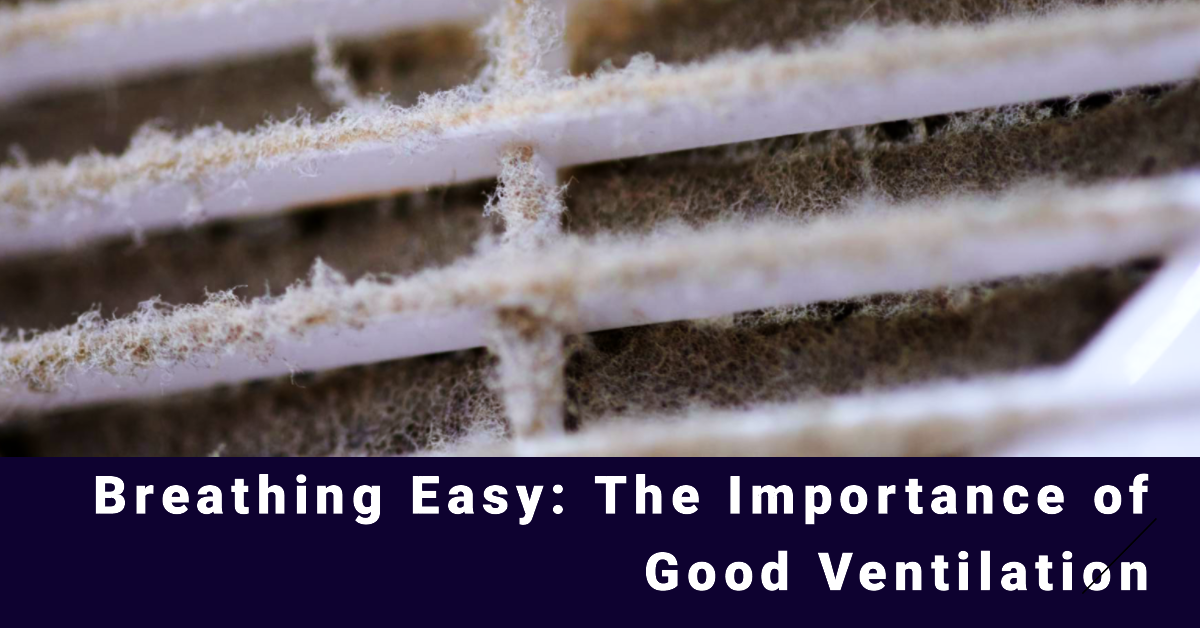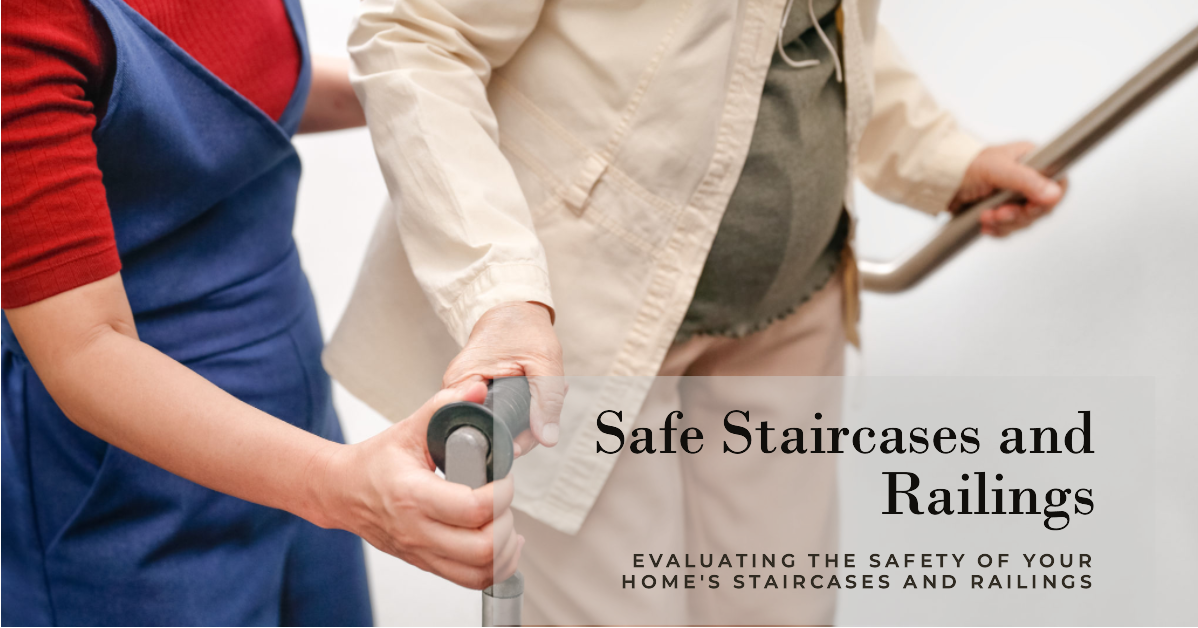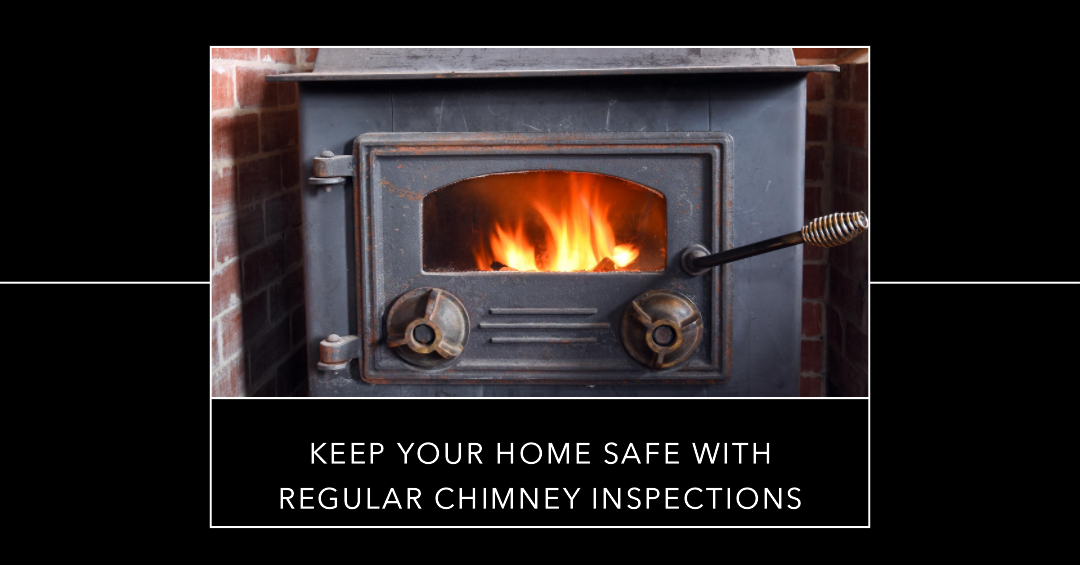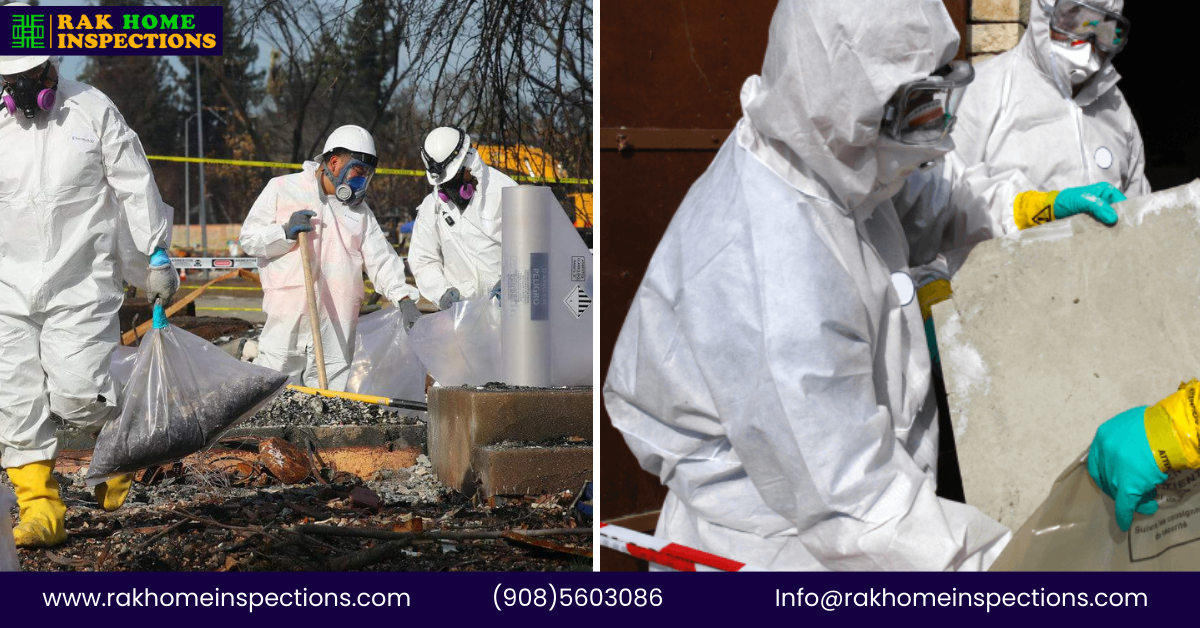In New Jersey, the cost of a home inspection typically ranges from $250 to $1000 or more, depending on the factors mentioned below. It's e...
Breathing Easy: The Impact of Poor Ventilation on Indoor Air Quality

We often associate air pollution with outdoor environments, but did you know that indoor air quality can be just as crucial to our health and well-being? Poor ventilation in our homes and workplaces can lead to a buildup of harmful pollutants, allergens, and even mold, posing serious risks to our respiratory health and overall comfort. In this blog, we will explore the far-reaching impact of poor ventilation on indoor air quality, the potential health consequences, and practical steps to improve the air we breathe within our living spaces.
The Importance of Proper Ventilation
a. Removing Indoor Pollutants
Proper ventilation helps to remove and dilute indoor pollutants such as dust, pet dander, volatile organic compounds (VOCs), and allergens, which can accumulate from everyday activities and products.
b. Regulating Humidity Levels
Adequate ventilation helps control humidity, preventing excess moisture buildup that can lead to mold growth and worsen allergy and respiratory issues.
c. Enhancing Comfort
Good ventilation ensures a steady exchange of fresh outdoor air, creating a comfortable and pleasant indoor environment for occupants.
Impact on Indoor Air Quality
a. Accumulation of Airborne Contaminants
Without sufficient ventilation, indoor pollutants can accumulate and reach unhealthy levels, leading to discomfort and potential health risks for residents.
b. Respiratory Issues
Poor indoor air quality can trigger or exacerbate respiratory conditions such as asthma and allergies, leading to coughing, sneezing, wheezing, and difficulty breathing.
c. Sick Building Syndrome (SBS)
In poorly ventilated spaces, occupants may experience symptoms like headaches, dizziness, fatigue, and nausea due to exposure to indoor pollutants, leading to what is known as Sick Building Syndrome.
Common Sources of Poor Indoor Air Quality
a. Cooking and Cleaning
Cooking and cleaning activities can release particles and VOCs into the air, especially if there is inadequate ventilation in the kitchen and laundry areas.
b. Smoking
Smoking indoors drastically reduces indoor air quality, exposing both smokers and non-smokers to harmful secondhand smoke.
c. Building Materials and Furnishings
Some building materials, paints, and furnishings can release volatile organic compounds (VOCs) into the air, contributing to poor indoor air quality.
Improving Indoor Air Quality through Better Ventilation
a. Proper Ventilation Systems
Install and maintain appropriate ventilation systems, such as exhaust fans in kitchens and bathrooms, and ensure that they are functioning effectively.
b. Regularly Change Air Filters
Replace air filters in heating, ventilation, and air conditioning (HVAC) systems as recommended by the manufacturer to improve air circulation and filter out pollutants.
c. Natural Ventilation
Take advantage of natural ventilation by opening windows and doors when weather conditions permit, allowing fresh outdoor air to circulate through the indoor spaces.
d. Houseplants
Introduce houseplants that can help purify the air by absorbing pollutants and releasing oxygen.
Conclusion
The quality of the air we breathe indoors significantly impacts our health, comfort, and overall well-being. Poor ventilation can lead to the accumulation of indoor pollutants, exacerbating respiratory issues and causing discomfort. By recognizing the impact of poor indoor air quality and taking proactive steps to improve ventilation, we can create healthier and more comfortable living environments for ourselves and our loved ones. Breathing easy begins with ensuring that the air we breathe indoors is as fresh and clean as the air outside.
2023-08-05 18:07:24





